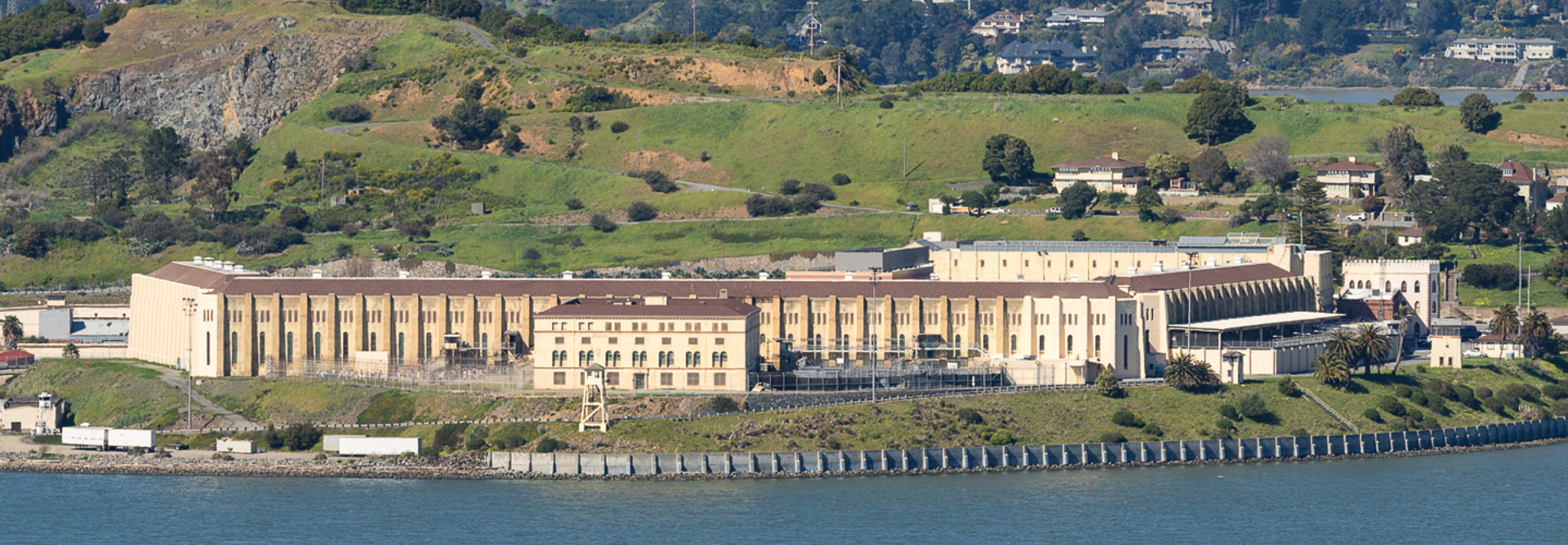Videoconferencing Solution Enables Connection for Inmates
There are several guidelines the CDCR has created for the visits. Only those individuals who have already been approved as visitors may make an appointment, according to the CDCR. Visitors must make a reservation via email and reservation dates and times cannot be changed.
According to the CDCR, visits will be conducted using Cisco’s Webex platform.
The department notes that Webex “can be accessed for free on devices with internet and camera capabilities (i.e., smartphone, tablet, laptop, desktop computer).”
Inmates will use laptops in designated visiting areas, according to the department. “CDCR will only provide laptop computers to inmates; no equipment will be provided to visitors by CDCR,” the department notes.
Government Technology reports that the video visits “will be secure due to encrypted communication, with CDCR ensuring only approved visitors join the call.”
CDCR says it encourages visitors to familiarize themselves with the new video visiting guidelines and procedures. “Once connected to the Webex system, visitors should ensure they are in a location where they will be able to hear throughout the visit, as the incarcerated person’s mask must remain on through the duration of the video visit,” the department notes.
Cisco recently rolled out Connected Justice, a new platform that enables different aspects of the criminal justice system, including courtroom proceedings, visitations at correctional facilities and check-ins with parolees.
Cisco notes that the offering for correctional facilities “provides seamless virtual visitation services via simplified workflow and user experience.” The goal is to enable inmates to get easy virtual access to critical services such as court appearances, telehealth services and distance learning.
MORE FROM STATETECH: How are connected justice system solutions evolving?











